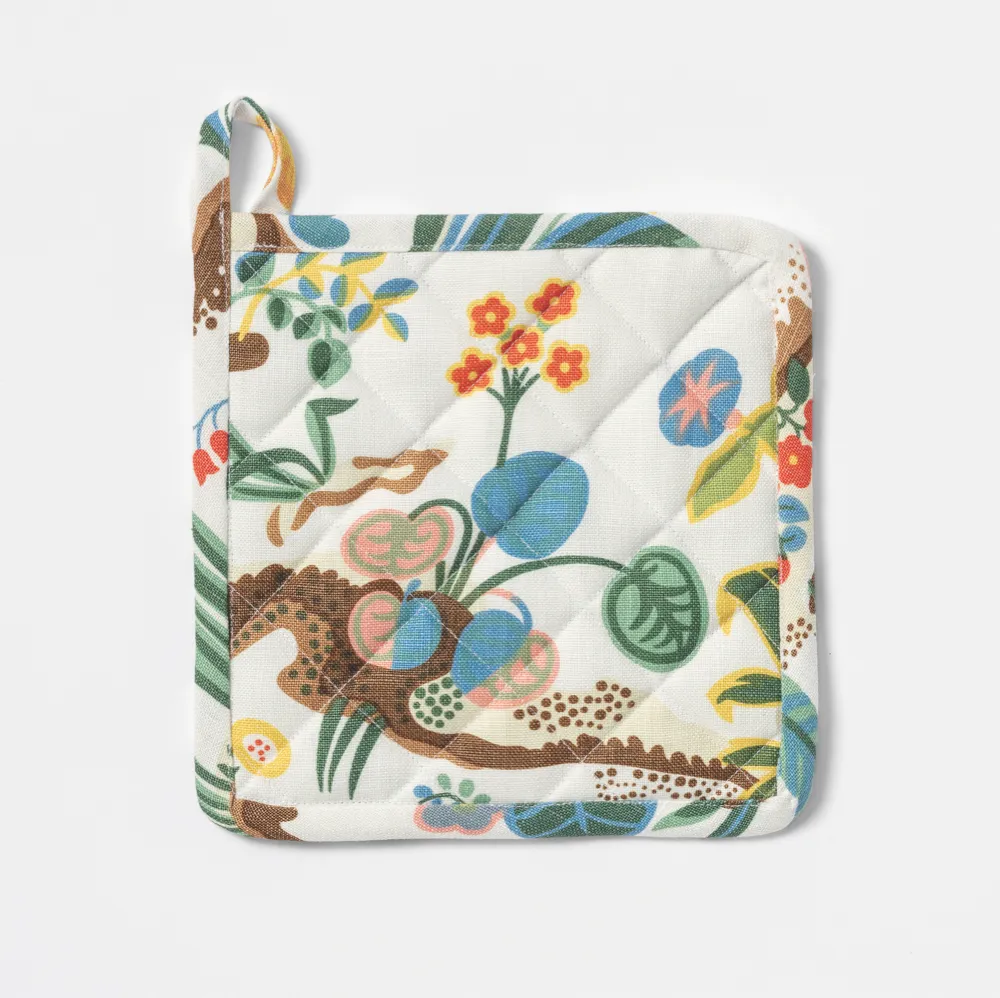A statement in vivacious colour, tropical foliage and fluttering insects, Josef Frank’s Hawai print is an expression of the exotic – but the true origins of the design are somewhat murky. We unpack the influences behind this pattern and explore how Frank’s turbulent life and globetrotting existence inspired creative brilliance, and led to his being known as the father of Swedish Modernism...
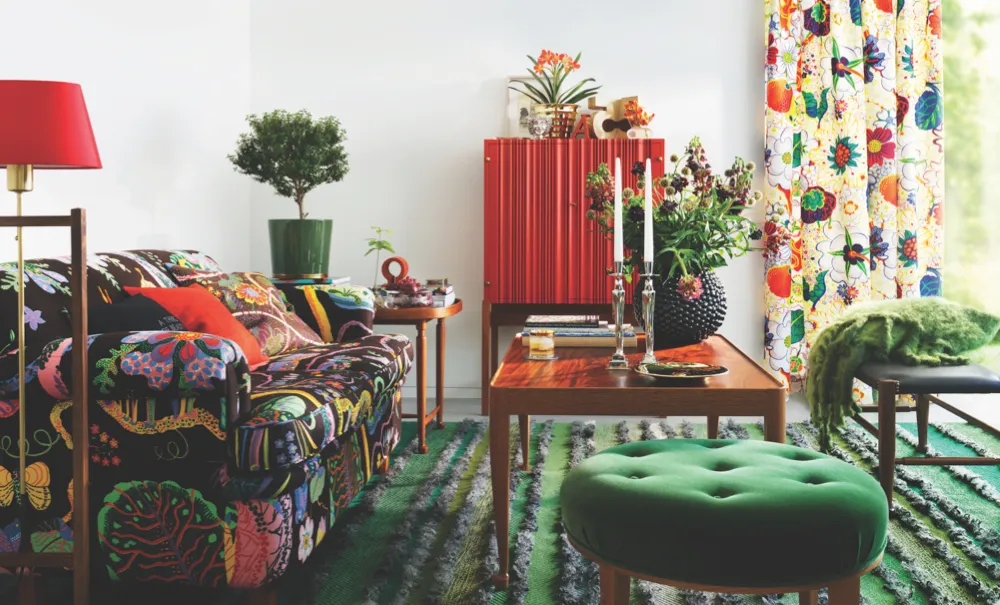
As an Austrian-born Swedish citizen who ended up in America, it’s hardly surprising that Josef Frank drew inspiration from around the world. ‘Many of Frank’s designs were an imagined travelogue,’ muses Dennis Nothdruft, a curator at London’s Fashion and Textile Museum
Frank had a feeling of Hawaii as somewhere exotic and colourful, and the print is scaled up in a way that feels extraordinarily contemporary
Dennis Nothdruft, a curator at London’s Fashion and Textile Museum
While Frank was living in Manhattan but working for his long-term collaborator Svenskt Tenn in Sweden, he became drawn to a collection of Indian Tree of Life motifs at The Metropolitan Museum of Art. You can clearly see influences from these sacred motifs in the interlocking stems and broad leaves of Frank’s Hawai design.
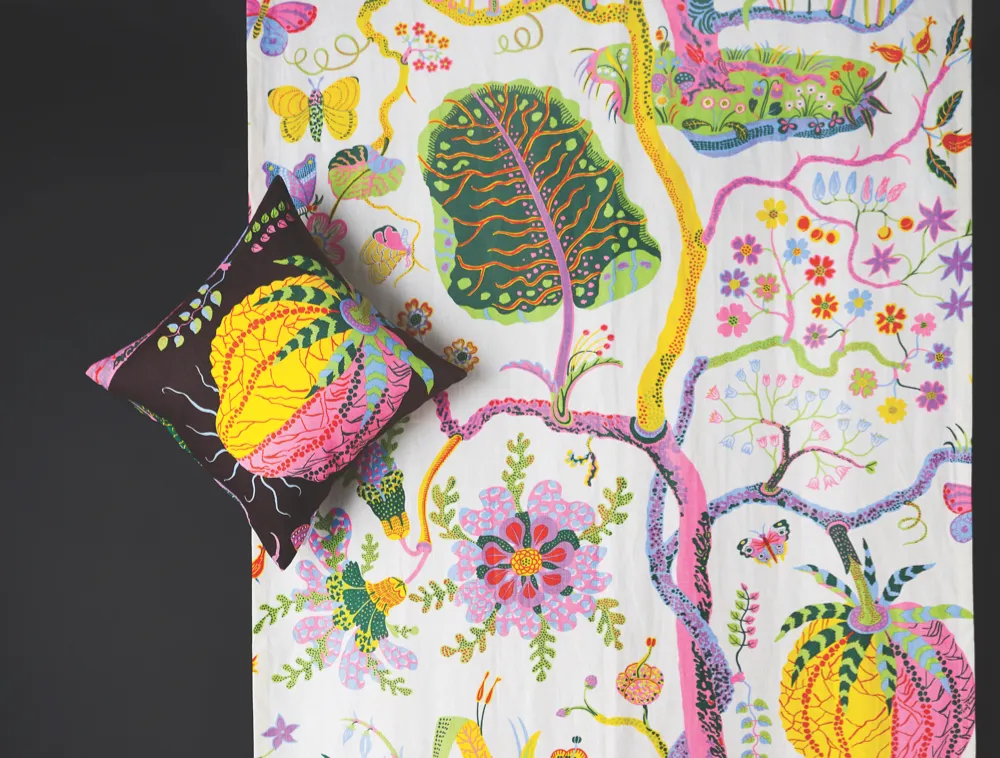
Behind the Name - Josef Frank
Born to Jewish parents in Austria in 1885, Frank studied architecture and began his career designing residential housing as a solution to Vienna’s growing housing crisis. Thanks to his shapely, minimalist buildings, he was branded an early trailblazer of Austria’s modernist movement – but he was already growing tired of what he called a ‘soulless’ approach to construction, and set up his own firm in 1925, designing houses, furniture and fabrics with warmth and personality.
Due to the growing fascist threat in Austria, Frank was forced to flee Vienna, seeking refuge in Stockholm in 1933. He was an immigrant: poor and struggling to find work in a new city. But his star didn’t stay hidden for long, and he was soon discovered by shop owner Estrid Ericson, who needed a new designer to overhaul her business, Svenskt Tenn. Under her guidance, Frank became unstoppable. He created a wealth of designs inspired by lush botanicals that gained international recognition, and filling the – once stark – shop floor with colour and pattern. It was a look that came to typify Swedish Modernism.

After the outbreak of war, Frank was forced into exile again, this time fleeing to Manhattan. While there, he took inspiration from the array of museums and historic buildings. He produced a vast catalogue of designs that he gifted to Ericson for her 50th birthday, once Germany had surrendered and he was safe to return to Sweden. It is thought that one such design was Hawai, which is still produced by Svenskt Tenn today.
The evolution of Josef Frank designs
c1920 –Josef Frank begins working as an architect in Vienna, designing large residential housing blocks and estates.
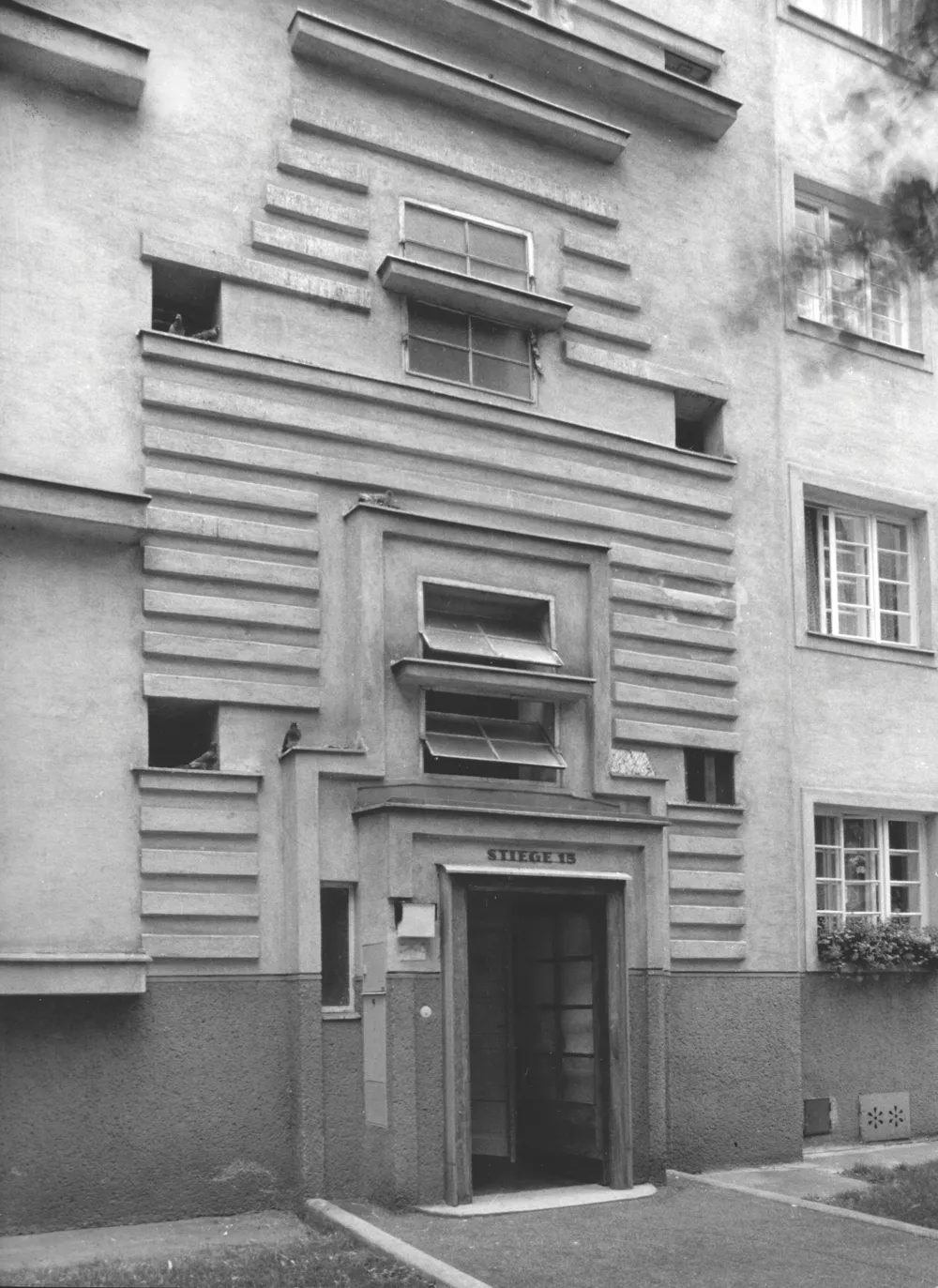
1925 –Tired of modernist design, Frank starts his own company: Haus und Garten. He designs furniture and interiors.
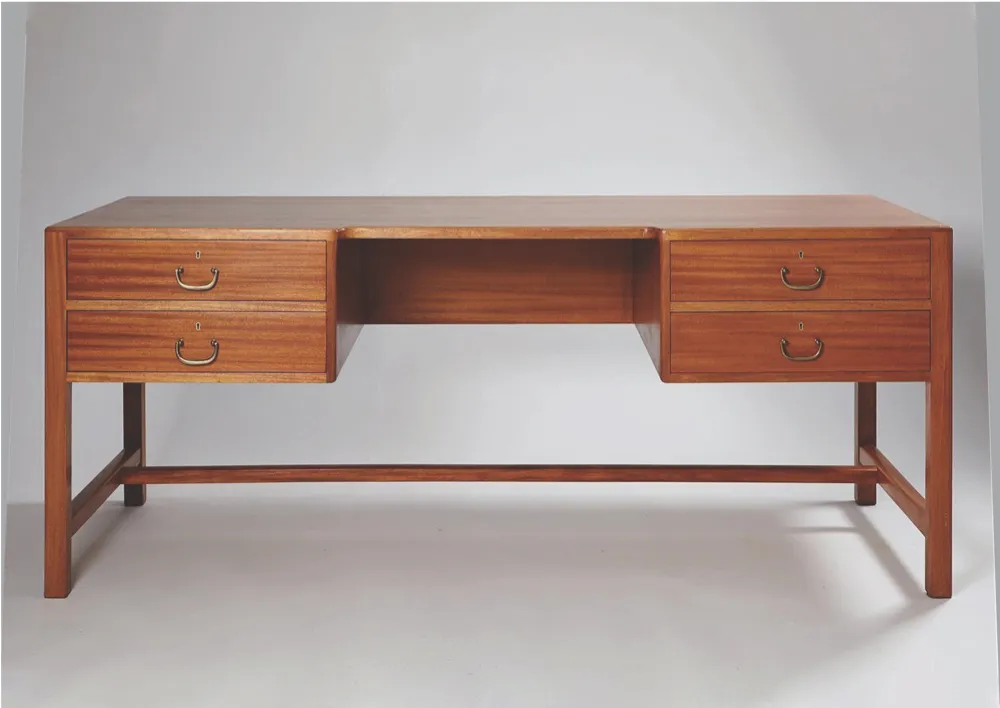
1933-4 –Due to antisemitism, Frank and his wife leave Vienna for Sweden. Estrid Ericson invites him to join Svenskt Tenn.
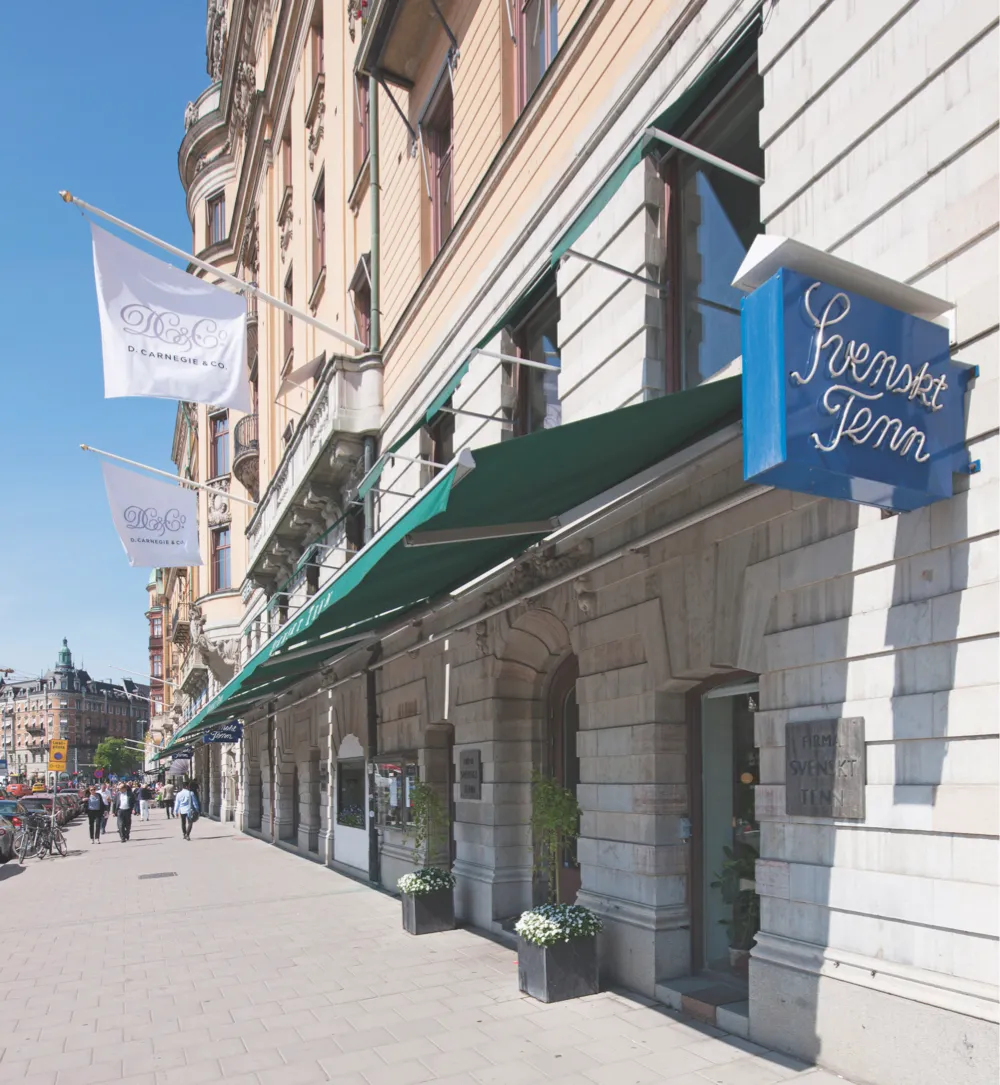
1936 –Under Ericson’s leadership, Frank designs his first textile for Svenskt Tenn: Tre Öar i Svarta Havet (Three Islands in the Black Sea).
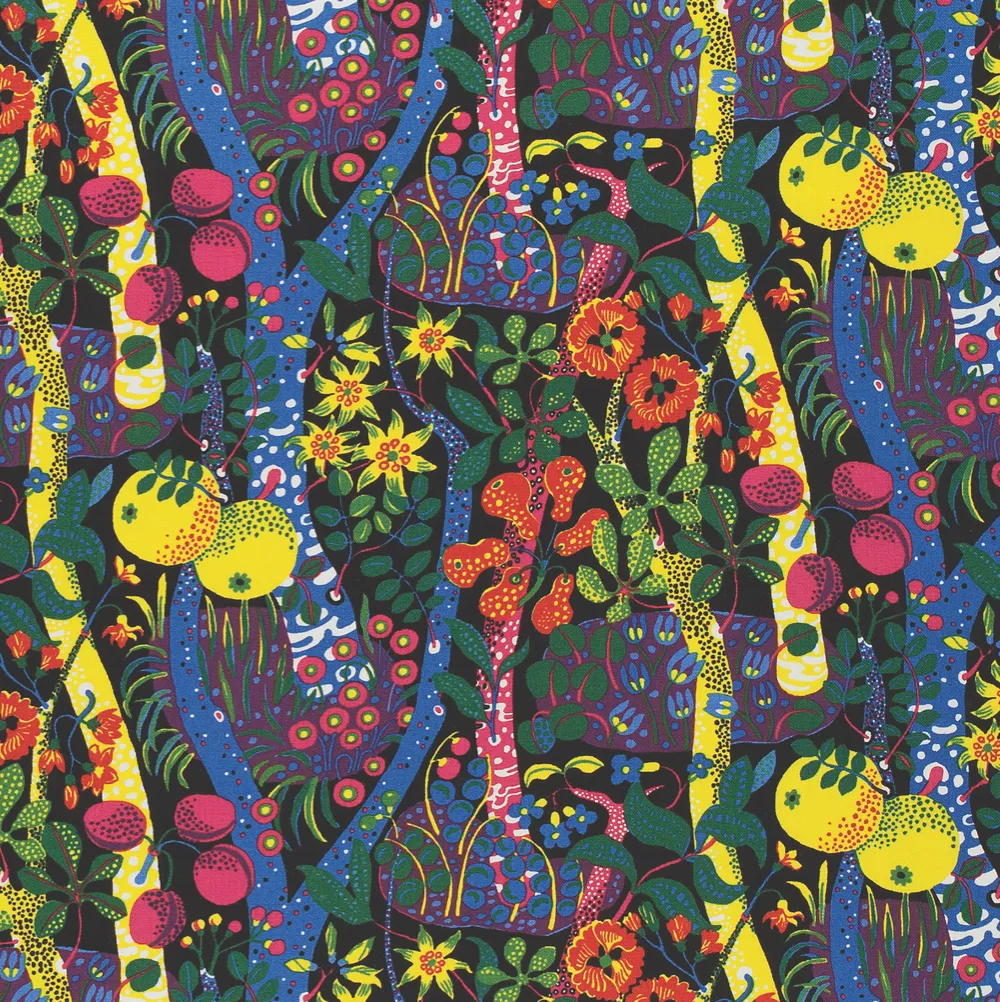
1943 –Frank flees Sweden during the Second World War. He moves to New York, where he creates a huge repertoire of prints.
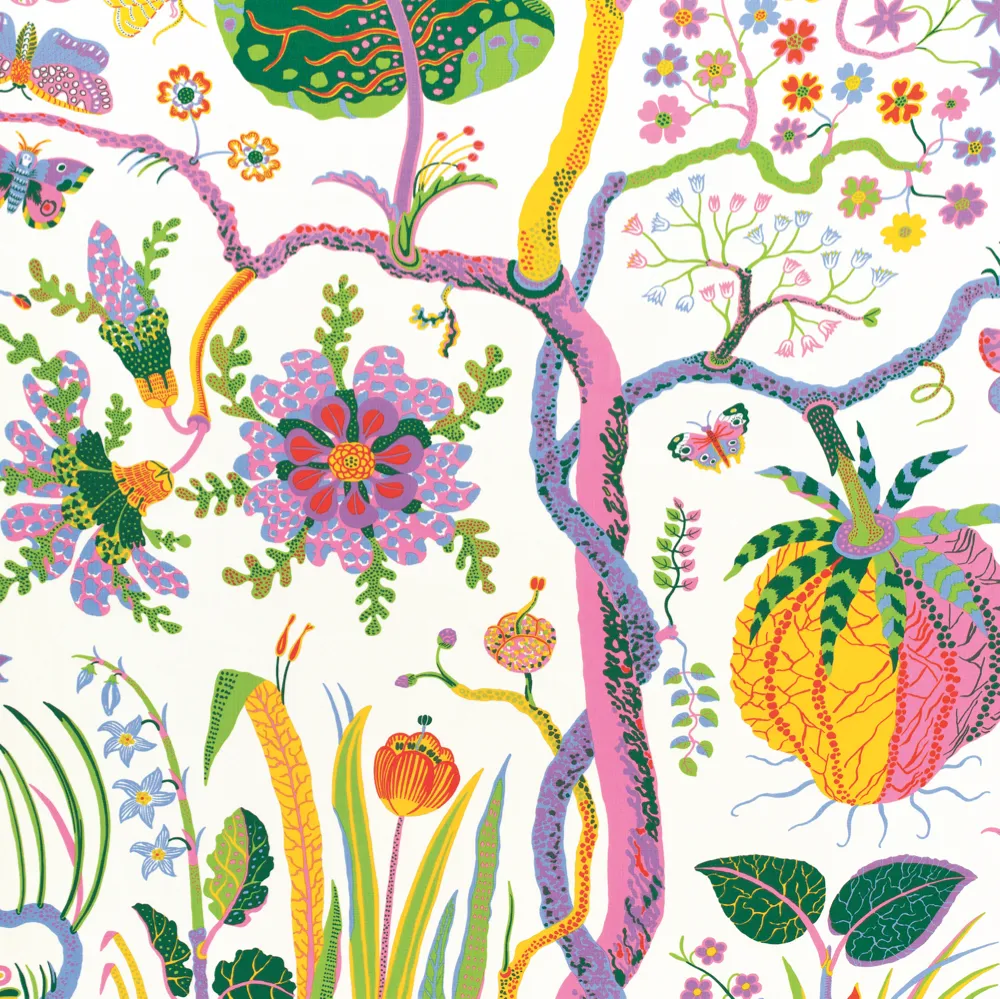
Shop Josef Frank designs
1
Carpet Frank Nr 19 (c1950s design), €3,340, Svenskt Tenn.
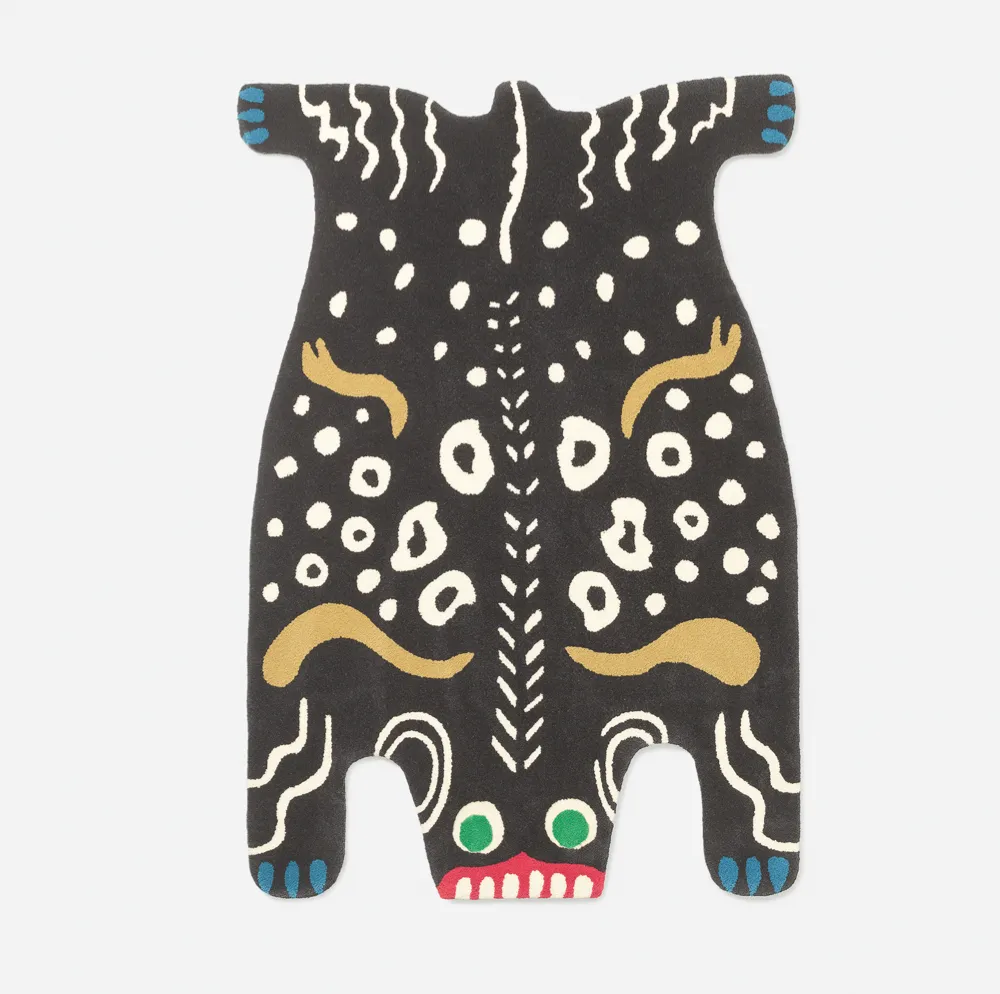
2
Cushion in Teheran (c1940s design), €140, Svenskt Tenn.
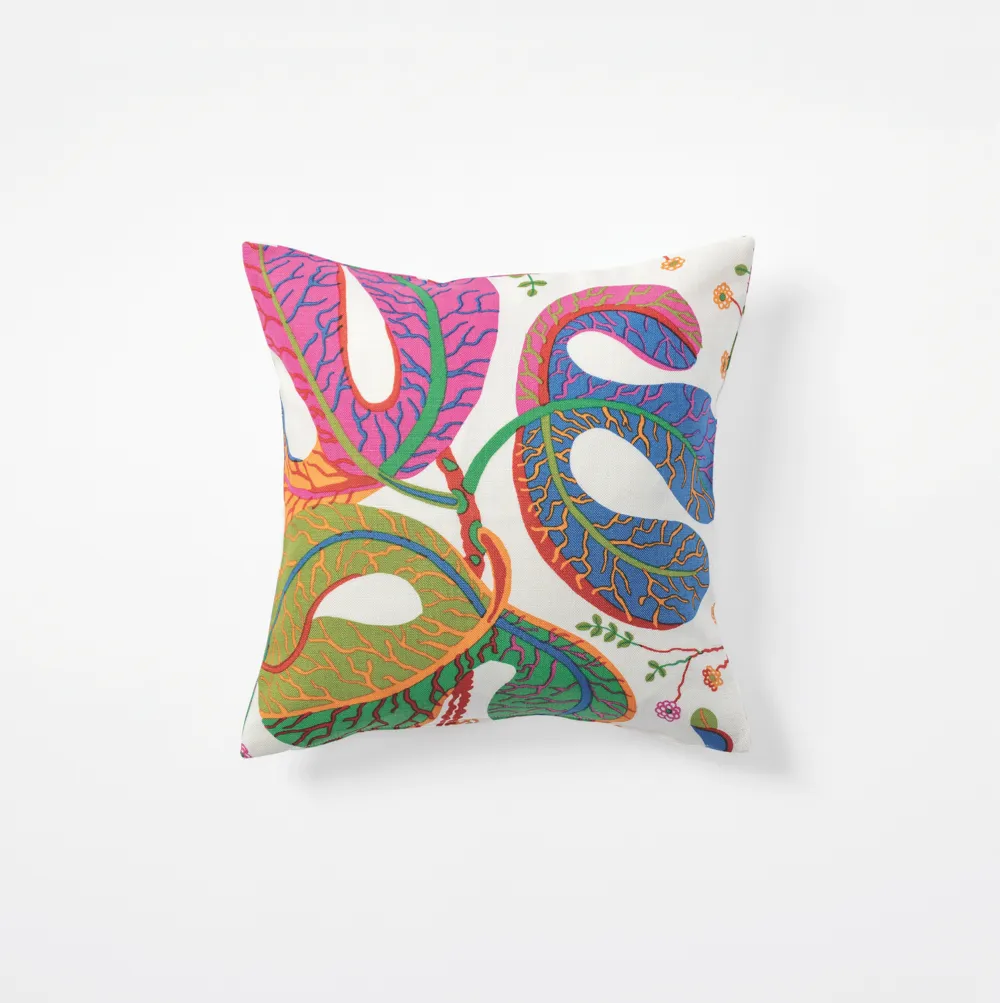
3
Tray in Tulpaner, €50, Svenskt Tenn.
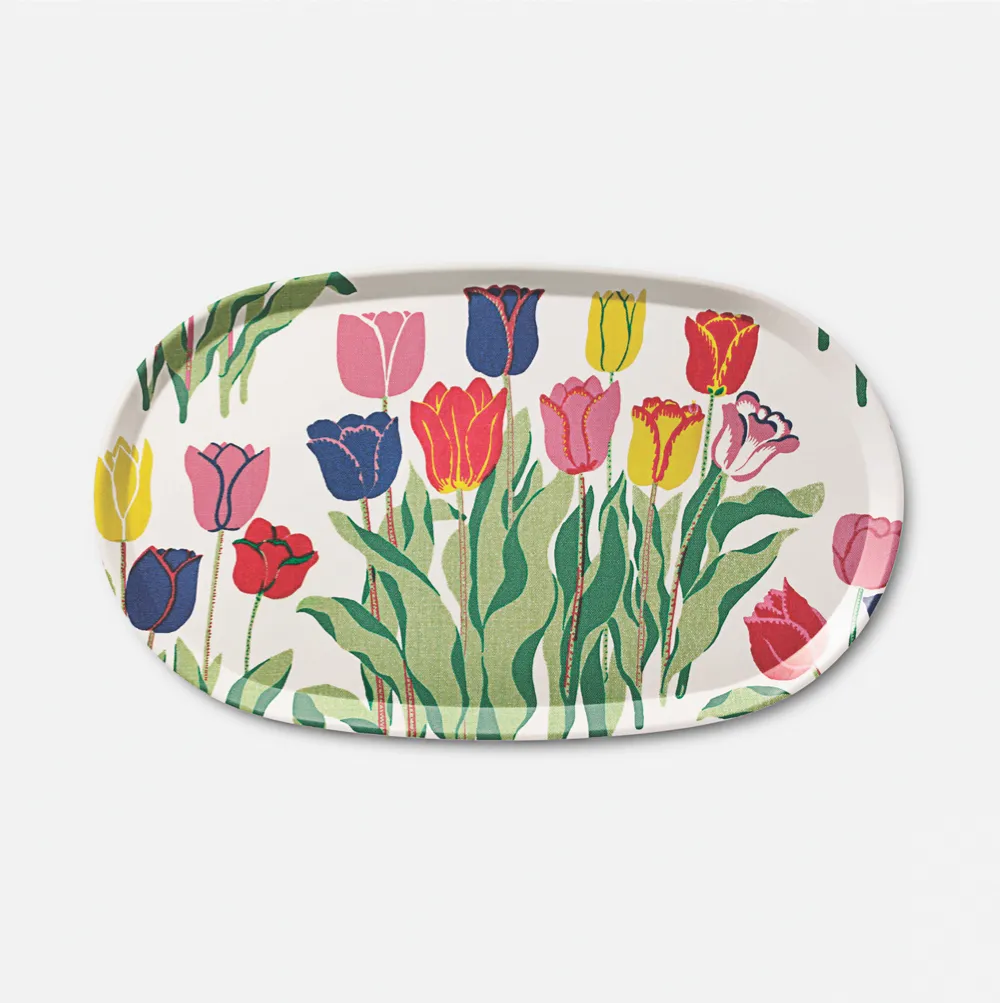
4
Bag in Vegetable Tree, €200, Svenskt Tenn.
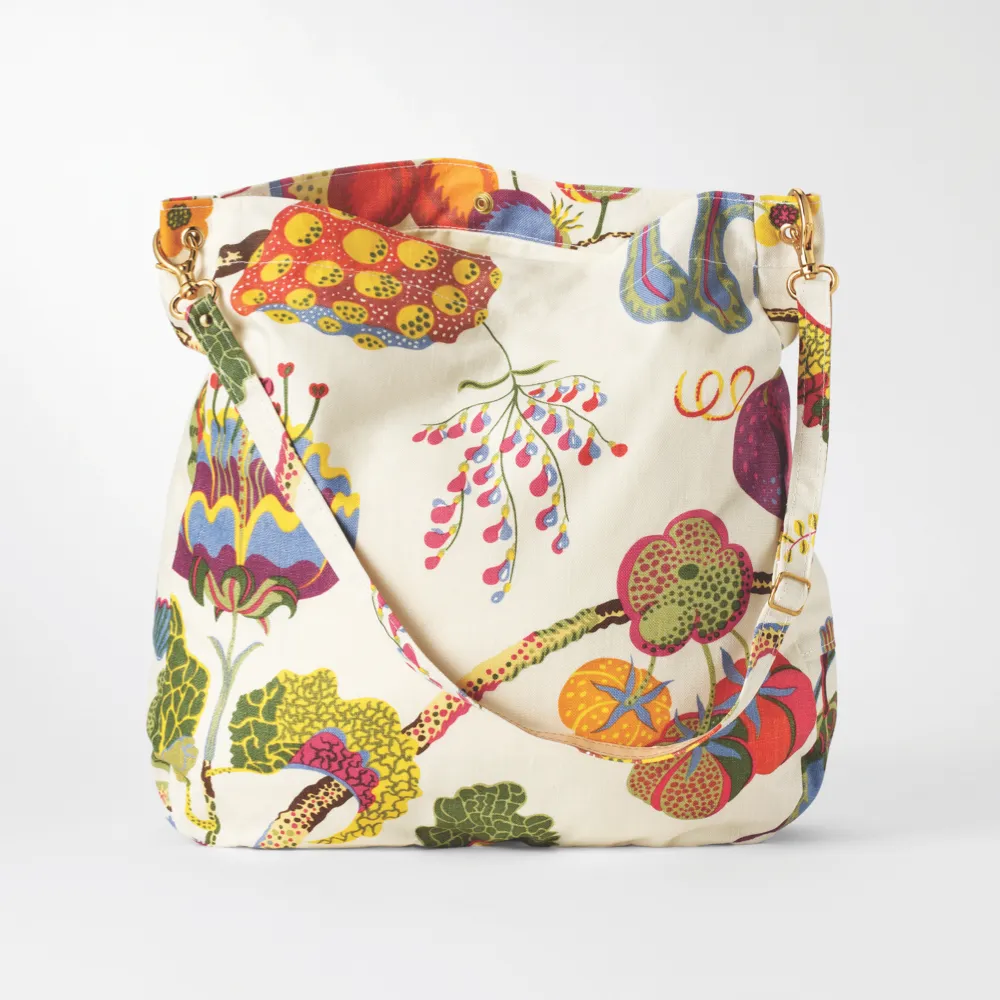
5
Pot holder in Primavera, €28, Svenskt Tenn.
